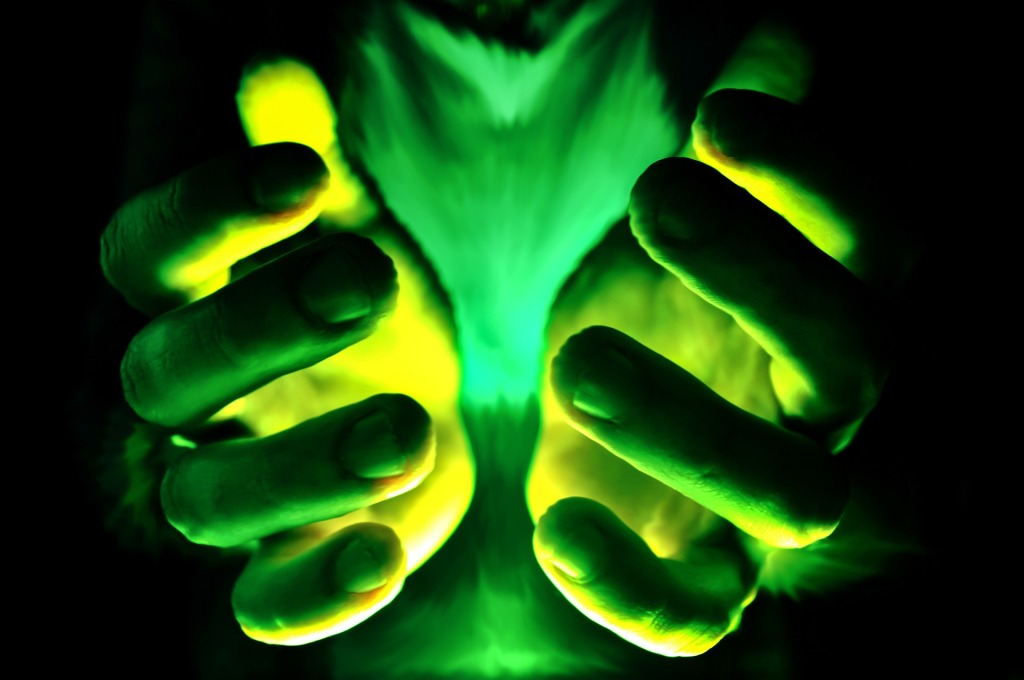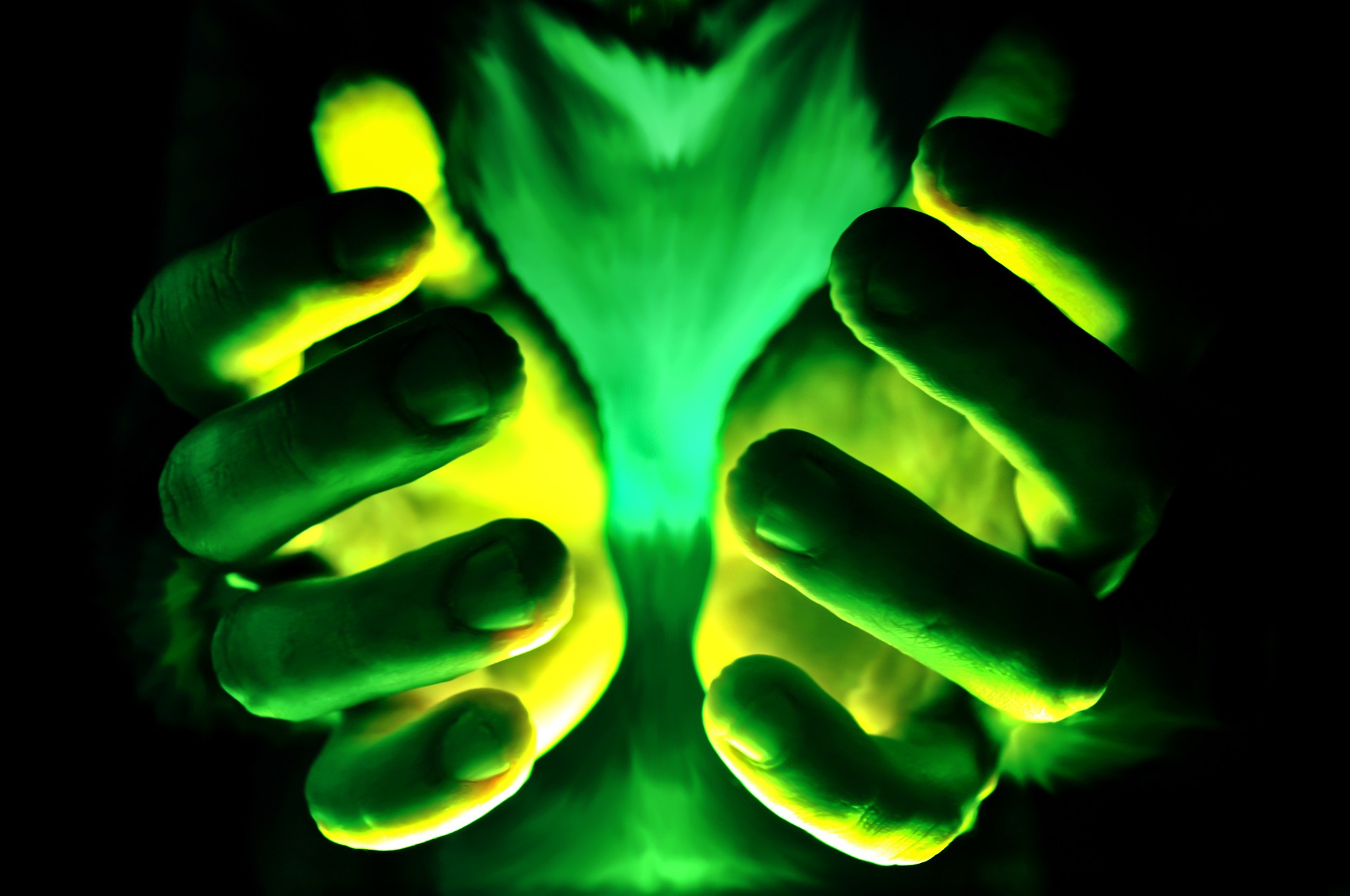
By Linda Fisher Thornton
Things are not always as they seem. Technology has advanced to the point that we can’t be sure whether or not what we’re seeing is real. There are many new ways that bad actors are using digital sleight of hand to trick us. And the list is growing.
It will take a healthy dose of skepticism, critical observation and research skills to find out if what we see is as it appears. Educate yourself and your teams about these methods of trickery and how to spot them:
Altered Photos
Photos may have had people (or faces) added or removed, backgrounds changed, or other alterations made.
5 strategies to identify doctored images, Serena O’Sullivan, Multimedia Journalism
Fake news, hoax images: How to spot a digitally altered photo from the real deal, Belinda Smith,
ABC Science
This is How You Can Tell if an Image has Been Photoshopped, Alicia Prince, LifeHack
How to Use Google Reverse Image Search to Fact-Check Images, CommonSense.org
Altered Videos
Artificial intelligence can be used to make people appear to say things they didn’t say, or to remove critical elements of the context around what they said.
Is That Video Real?, AJ Willingham, CNN
How to Spot Deep Fake Videos – 15 Signs to Watch For, Alison Grace Johansen, Norton
How to spot a fake viral video, James Vincent, The Verge
Deep Fake “People”
Some people we see are images of realistic “people” created with artificial intelligence, or are created with parts from real photos of multiple people.
These Videos Tell the Scary Story of How Far AI Has Come, Kelsey Piper, Vox
Thispersondoesnotexist.com Uses AI to Generate Endless Fake Faces, James Vincent, The Verge
Dating apps need women. Advertisers need diversity. AI companies offer a solution: Fake people, Drew Harwell, Washington Post
The Good and Bad News
The good news is that we can use artificial intelligence to detect fake videos and altered photos. The bad news is that we also have to overcome our natural tendencies to believe things we see that aren’t true.
Since we have a very human tendency to believe what isn’t true, to avoid sharing fake sources we’ll need to educate ourselves and our teams about these forms of digital sleight of hand and how to spot them.
